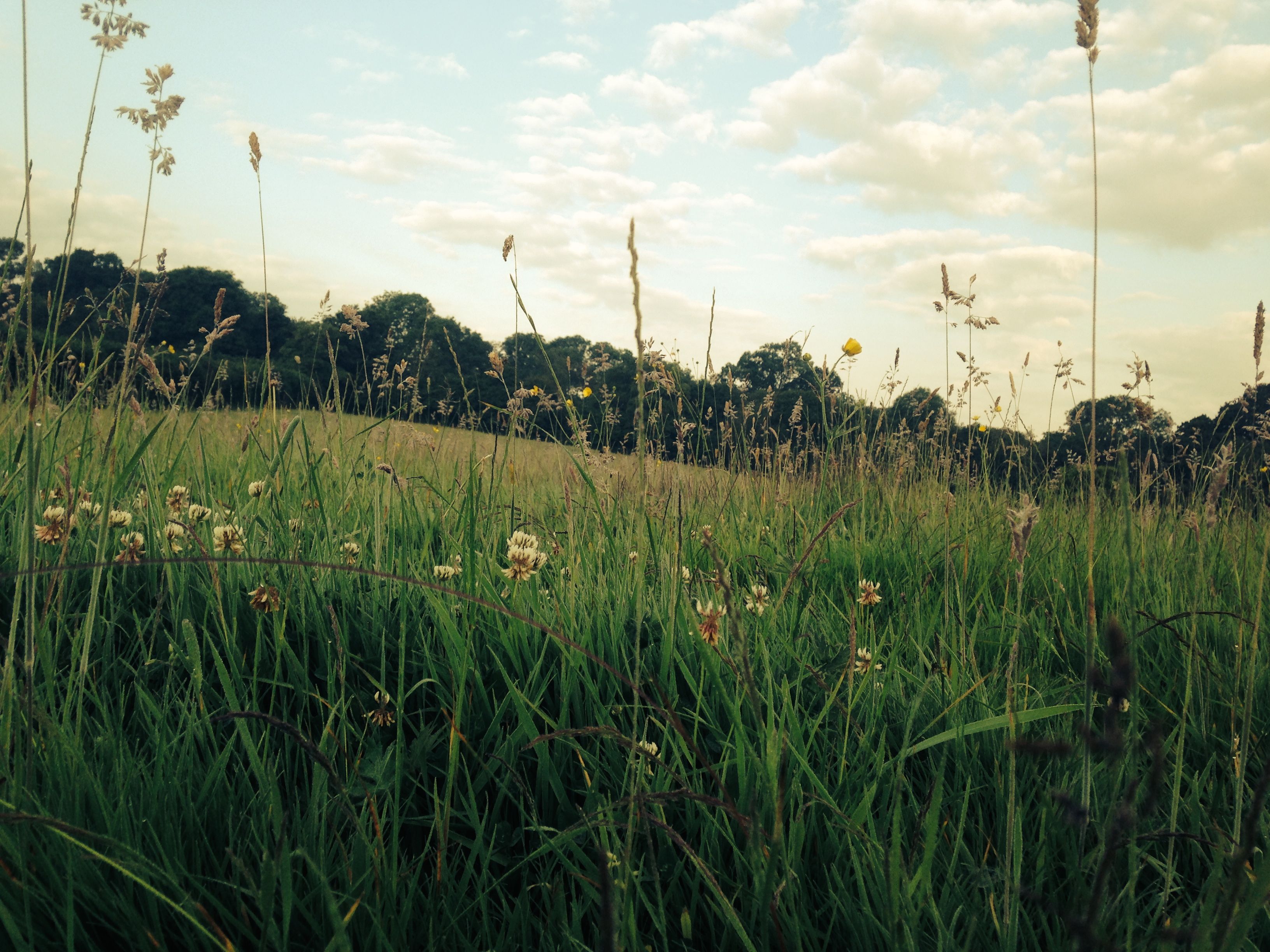
A humble looking plant but poisonous to livestock when eaten in quantity.
I’ve recently begun the task of checking for and clearing any ragwort (Senecio jacobaea) from my hay meadow and the paddocks that my field-kept ponies will be using during the summer. This is one of those essential jobs in pasture management that I conduct, without fail, between June and October each year. For all its charm in having clusters of pretty yellow daisy-like flowers, ragwort is a weed poisonous to horses and cattle. When digested in quantity, the alkaloids contained in the plant are metabolised in the liver and inhibit the division of its cells. As a consequence the liver shrinks in size and is irreversibly damaged, often with fatal results. There is no effective treatment or antidote. So you can understand why, like me, people want to remove it. However, the highest risk of ragwort poisoning is caused by a lack of available grazing alternatives (so watch out for fat ponies in starvation paddocks) and the majority of poisoning cases have been caused by hay (or silage) harvested from fields containing ragwort being fed to horses and cattle.
Unpalatable reputation
The animals avoid it while it is growing, as it has a bitter or, more correctly, a sour taste, but it becomes more palatable to them once it matures and dies, so it must be removed before it begins to wilt. Even though it has died the ragwort poison remains potent. If I find any, I like to remove ragwort from my paddocks before it has even had a chance to seed! The plants are then burnt on a bonfire to dispose of them thoroughly. Placing uprooted ragwort on a muckheap or compost is the surest way of reanimating the weed and recontaminating pasture. Ragwort is normally a biennial plant, which means that it lives for two years, flowering in its second year. However, if the plant is not removed roots-and-all when clearing it from grazing land, what remains can then re-grow and behave like a perennial, living indefinitely. Other names for ragwort include Stinking Nanny/Ninny/Willy, staggerwort, cankerwort, stammerwort, and mare’s fart. So you can see that it doesn’t have a particularly good reputation!
Injurious weed
Ragwort is among five injurious weeds – common ragwort, spear thistle, creeping or field thistle, broad-leaved dock and curled dock – that are listed in the Weeds Act 1959, which requires landowners to ‘take such action as may be necessary to prevent the weeds from spreading’.[1] In 2003 the Ragwort Control Act was passed; followed in 2004 by the Department for Environment, Food and Rural Affairs (Defra) ‘Code of Practice on How to Prevent the Spread of Ragwort’.[2] Defra, however, is quick to point out that the aim is not to eradicate ragwort, but to control it where it threatens the health and welfare of animals and not allow it to spread to neighbouring pasture. Defra’s Code also illustrates other wild flowers, such as Tansy (Tanacetum vulgare), Common Fleabane (Pulicaria dysenterica) and Field Fleawort (Tephroseris integrifolia) that, because of their yellow flowers, could be easily mistaken for ragwort and seeks to avoid the removal of these non-target plant species that contribute to the rich biodiversity of our countryside.
Weed or wildflower?
Of course one person’s noxious weed is another person’s wildflower and the ragwort plant has some very prominent supporters. Organisations such as Plantlife, Buglife, and Wildlife and Countryside Link, to name a few, support data that indicates a significant number of invertebrate species eating ragwort leaves, living in the stems and flowers, or feeding on its pollen and nectar.[3] According to Plantlife ‘it is a plant upon which at least 30 insect species, many rare, entirely rely’.[4] These organisations also point to oft quoted but incorrect ‘facts’ about ragwort that continue to be repeated and widely believed. Of course a balanced view needs to be adopted, one that restricts the potential danger for the free-roaming livestock without completely eradicating the plant upon which so many insects depend. For my part, decades of prejudice will make me feel uncomfortable about ever welcoming ragwort onto my pasture but learning to dispel some of the myths regarding this controversial native plant has certainly encouraged me to not demonise it.

Good pasture management is an effective method of reducing ragwort in paddocks.
SOURCES
[1] Weeds Act 1959 (16 July 1959), http://www.legislation.gov.uk/ukpga/Eliz2/7-8/54 [accessed 12 June 2016].
[2] Ragwort Control Act 2003 (20 November 2003), http://www.legislation.gov.uk/ukpga/2003/40/introduction [accessed 12 June 2016].; Defra, ‘Code of Practice on How to Prevent the Spread of Ragwort’ (2004/retained for reference purposes, updates on Defra website), https://www.gov.uk/government/uploads/system/uploads/attachment_data/file/525269/pb9840-cop-ragwort-rev.pdf [accessed 12 June 2016].
[3] Plantlife, ‘Position Statement On Ragwort Control In The UK’ (2011), http://www.plantlife.org.uk/uploads/documents/Ragwort_Position_statement_FINAL_PUBLIC_July07.pdf, [accessed 12 June 2016]; Buglife, ‘Ragwort: insect fauna in detail’, https://www.buglife.org.uk/sites/default/files/Ragwort%20-%20Insect%20Fauna%20in%20detail_1.pdf [accessed 12 June 2016]; Wildlife and Countryside Link, ‘Ragwort Control Position Statement’ (02 October 2003), http://www.wcl.org.uk/docs/2003/Link_ragwort_control_29Sep.pdf, [accessed 12 June 2016].
[4] Plantlife, ‘Lovely Rawort Under Fire Again’ (18 July 2011), http://www.plantlife.org.uk/about_us/news_press/lovely_ragwort_under_fire_again, [accessed 12 June 2016].


You must be logged in to post a comment.